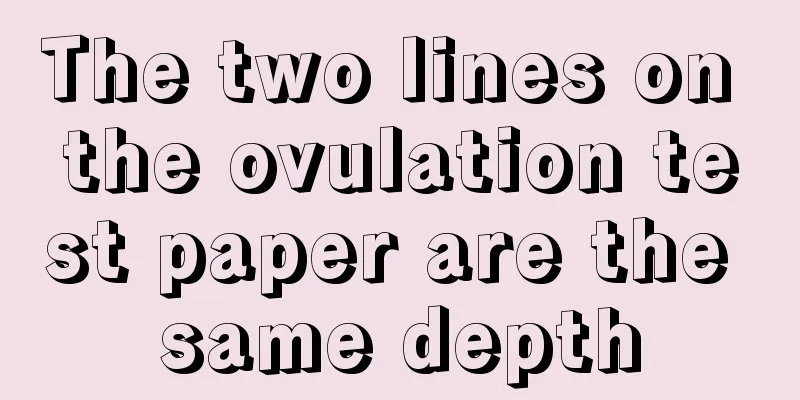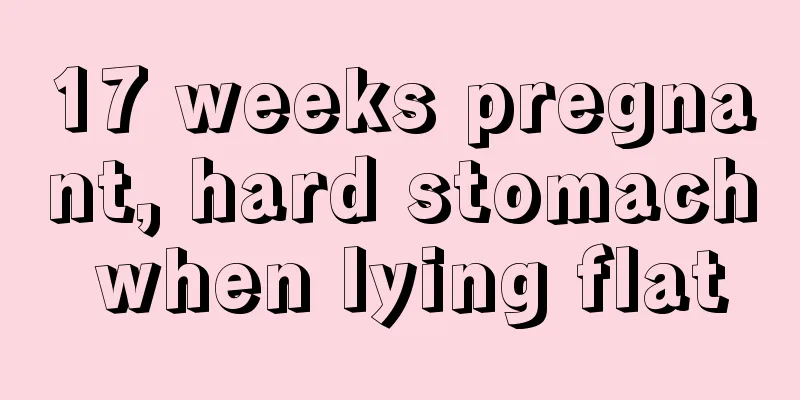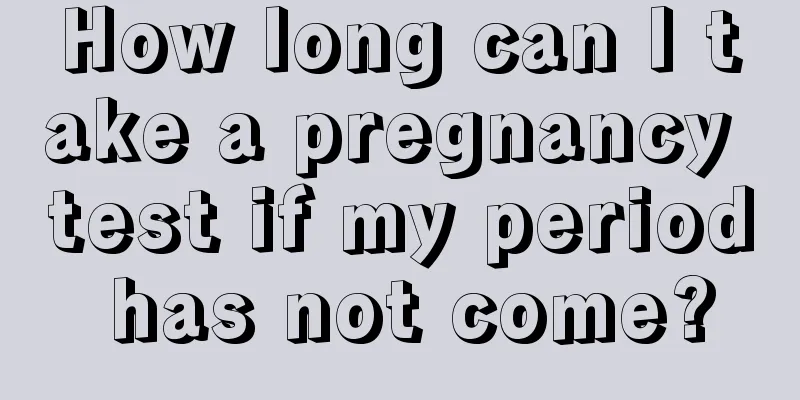The two lines on the ovulation test paper are the same depth

|
A normal woman's body will release eggs, which are an essential substance for combining into a fertilized egg. However, female eggs are not as abundant as male sperm. In a woman's lifetime, only about three or four hundred eggs can be released. Therefore, every normal woman will only release one egg per month, and this period is also called ovulation. Knowing for sure whether a woman is in the ovulation period can increase the chance of pregnancy. So if there are two lines on the ovulation test paper, does it prove that the woman is in the ovulation period? If two lines on the ovulation test paper indicate positive, it means that you are in the ovulation period. If it remains positive for several days, it means that you have not ovulated yet. Two colored bands appear and the test line is equal to or darker than the control line. This indicates that the LH surge has occurred, meaning that ovulation will occur within 24-48 hours. A red reaction line appears in the test area (below) and the control area (above), but the lower line is lighter in color, which means that the glycoprotein concentration of human chorionic gonadotropin in the urine is not enough. A red reaction line appears in the test area and the control area. Indicates pregnancy. Only one red reaction line appeared in the control area. Indicates not pregnant. Ovulation test strips mainly measure the hormone luteinizing hormone (LH) in women's bodies, detect the peak level of luteinizing hormone, and enable women to predict the best time for conception or contraception. Normal women ovulate every month. After an egg matures in the ovary, it is released from the ovary and transported to the uterus through the fallopian tube. The pregnancy process is formed by the combination of a mature egg and sperm in the fallopian tube. Sperm can survive in the female reproductive tract for about 24-72 hours, while the suitable time for an egg to be fertilized is only about 24-36 hours after ovulation. Therefore, the 2-3 days before ovulation and 1-2 days after ovulation are the fertile period, that is, the 4-5 days before and after ovulation are the fertile period. Ovulation test strips can reliably detect the peak level of LH, so that women can predict the best time for conception or contraception. Ovulation test strips usually use human urine as a sample, and the urine should be collected in a clean, dry container. Urine within a day can be tested, but morning urine is usually not used. |
<<: Ovulation test strips darken in color
Recommend
Why do some people have delayed fetal movement?
Fetal movement will only occur when the baby in t...
Are sugar-free mooncakes unpalatable? What is the difference between sugar-free mooncakes and regular mooncakes?
As we all know, there are many types of mooncakes...
What to do if the cesarean section incision is red
As our living standards continue to improve, many...
'Silent Killer' - Osteoporosis
'Silent Killer' - Osteoporosis Ji TuInsti...
Can I eat alum during menstruation?
Indigestion is one of the most common symptoms fo...
Are there any harms of essential oil breast enhancement?
In recent years, essential oil beauty and breast ...
Early symptoms of pneumoconiosis
Pneumoconiosis is an occupational disease. First ...
What to do if the nipple is itchy
Itching is something that many people find unbear...
Can I still have sex if I am not sure I am pregnant?
I always hear this sentence: If you don’t take ca...
How to choose the treatment method for renal amyloidosis? Can it be cured?
Author: Liu Gang, Chief Physician, Peking Univers...
What is the difference between breast tissue and a lump?
In recent years, female breast diseases have been...
How does vaginal candidal infection develop?
Candidal vaginitis is a relatively common gynecol...
What to do if your face has large pores, blackheads and excess oil?
Nowadays, many girls are troubled by their enlarg...
Can I have double eyelid surgery during menstruation?
Double eyelid surgery is a very popular plastic s...









